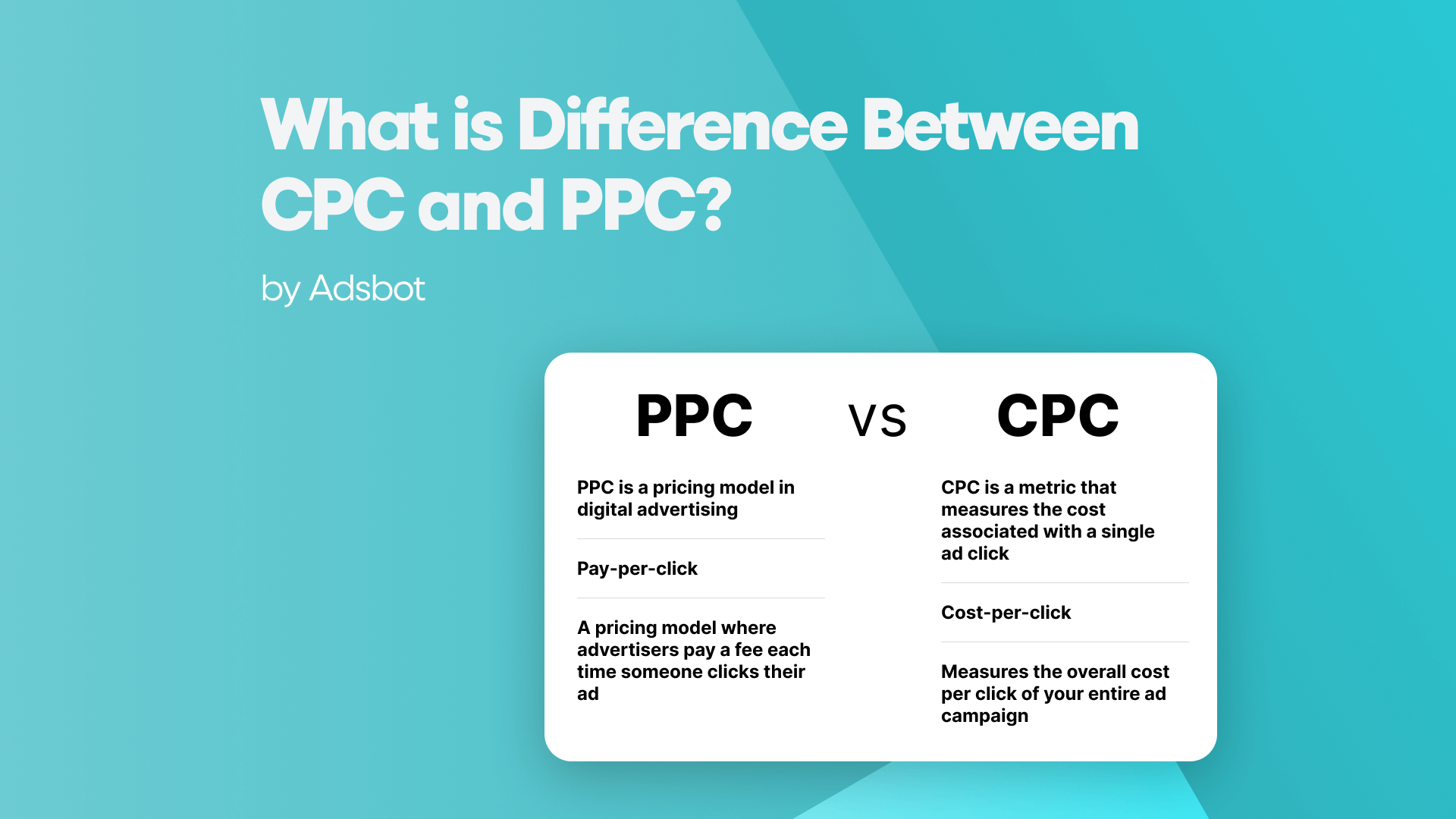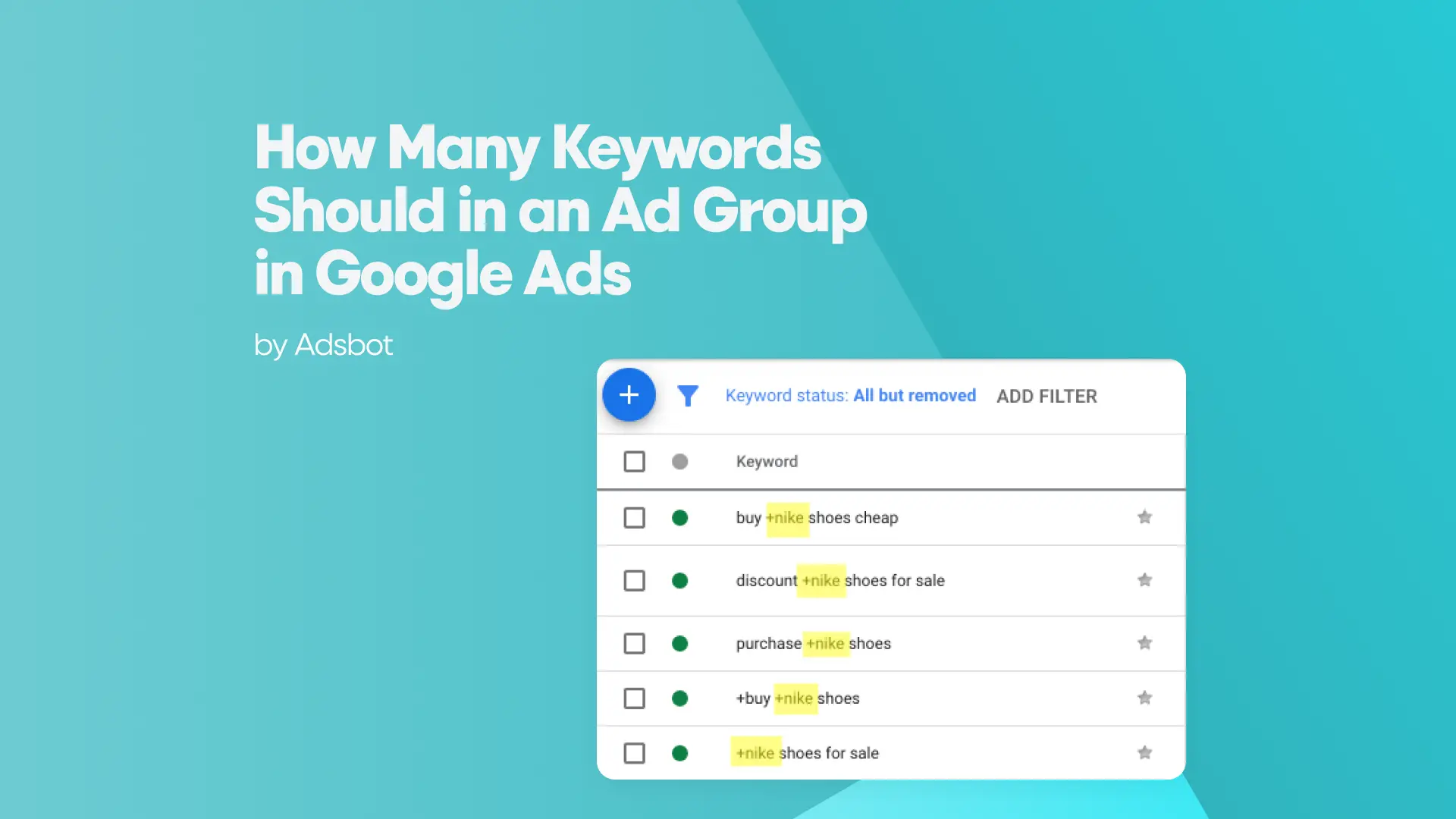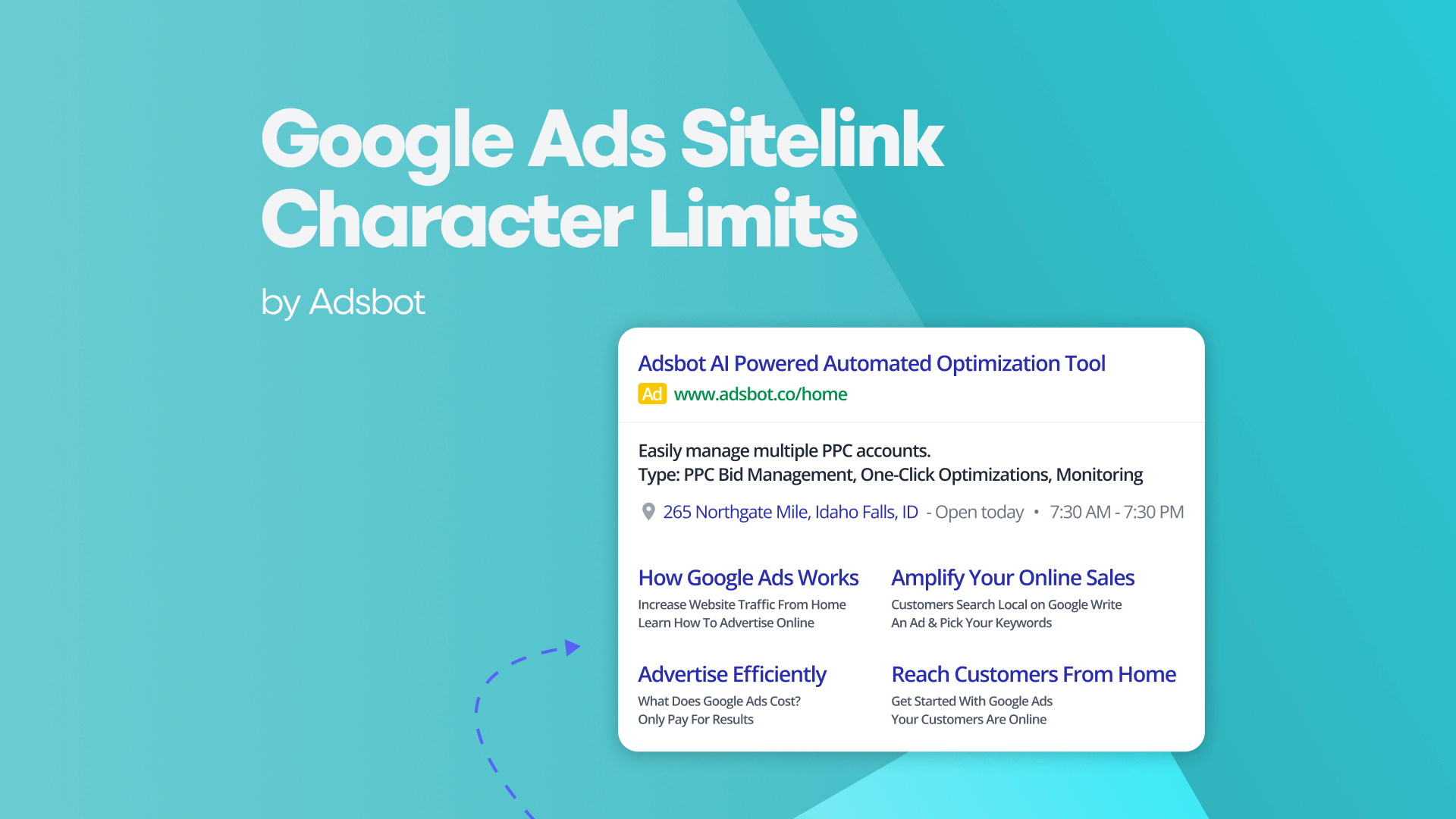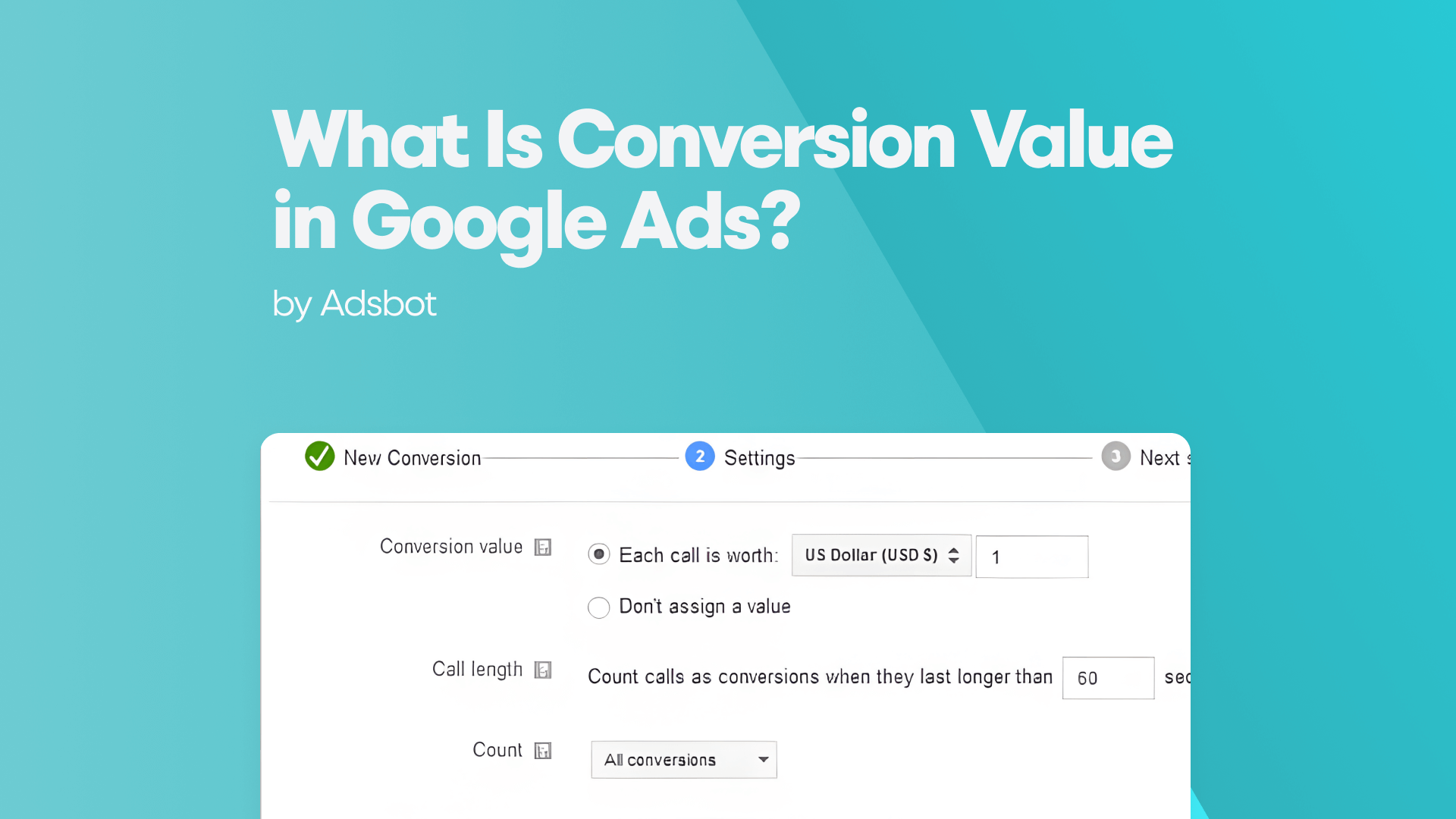Two of the most common and often confused terms are CPC (Cost Per Click) and PPC (Pay Per Click). While they may seem interchangeable, each represents a distinct concept that plays a unique role in paid advertising strategies. Understanding their differences is essential if you want to create campaigns that deliver measurable ROI and outshine your competitors.
By grasping the nuances between CPC and PPC, you’ll not only allocate your budget more effectively but also improve the way you measure success. Whether you’re new to online advertising or looking to refine your expertise, this guide will help you untangle the jargon and leverage the right metrics for better results. Let’s dive in and clarify exactly what sets CPC apart from PPC so that your marketing efforts work smarter, not harder.
What is CPC?
CPC, or Cost Per Click, is a pricing model in digital advertising that indicates how much an advertiser pays each time a user clicks on their ad. Unlike impression-based billing, which charges advertisers for the number of times an ad is displayed, CPC focuses purely on actual engagement. This metric is a critical performance indicator because it directly correlates to the cost efficiency of your campaign, how much you spend for each individual interest-driven interaction.
In online advertising platforms such as Google Ads or Meta Ads, CPC is determined by multiple factors, including bidding strategy, ad relevance, keyword competition, and quality score. A lower CPC can mean you’re getting more clicks for the same budget, improving your chance of achieving higher conversions without overspending. Marketers often monitor CPC closely to adjust bids, refine targeting, and improve ad copy, ensuring they are paying the best possible price for genuine user interest rather than passive views.
What Is PPC?
PPC, or Pay Per Click, is a broader digital advertising model where advertisers pay a fee each time their ad is clicked. PPC is not a metric but rather a method of buying visits to your website instead of attempting to gain them organically. This approach encompasses various platforms, including search engine advertising, display advertising, and social media ads. For example, in Google Ads’ search campaigns, your ad appears alongside relevant search results, and you are charged when a user clicks through to your landing page.
PPC offers precise audience targeting based on demographics, interests, and search intent, making it highly effective for driving targeted traffic. It’s flexible in budget control and provides measurable results, allowing marketers to track not just clicks but also conversions and return on investment. While CPC determines the cost of each click within a PPC campaign, PPC itself refers to the entire advertising structure and strategy that drives those clicks.
How Do You Measure the Performance of a PPC Campaign with CPC?
Measuring the performance of a PPC campaign using CPC involves analyzing how effectively your ads are generating clicks in relation to their costs. The CPC metric helps you understand if you’re overpaying for traffic and whether your bidding strategy aligns with your desired ROI. By comparing CPC to your conversion rate, you can determine the cost per acquisition (CPA), which reveals whether the clicks you’re paying for are translating into valuable customer actions.
For instance, even a low CPC may be ineffective if the clicks do not result in conversions, while a slightly higher CPC could be more profitable if it brings in highly targeted leads. Tracking average CPC across different ad groups and keywords also highlights where your budget delivers the most value, allowing you to reallocate spend toward high-performing segments. This continuous assessment ensures that every click not only costs the right amount but also contributes meaningfully to your business goals.
What are the advantages and disadvantages of pay per click (PPC) advertising?
PPC advertising offers immediate visibility in search results and across display networks, making it a powerful tool for businesses looking to drive quick traffic. One of its major advantages is precise audience targeting, allowing you to reach specific customer segments based on location, demographics, and intent. In addition, PPC provides measurable performance data in real time, giving marketers the agility to adjust budgets, keywords, and creatives for better outcomes.
However, PPC also comes with disadvantages. Costs can escalate quickly in highly competitive industries, especially if campaigns are left unmonitored. There is also the challenge of click fraud, where competitors or bots drive up costs without contributing to conversions. PPC demands ongoing optimization; without constant refinement, even strong initial results can fade. It is most effective when integrated into a broader digital marketing strategy that includes organic channels for sustained traffic and brand visibility over the long term.
PPC vs CPC: What is the Difference?
The biggest difference between PPC and CPC is that PPC is the overall advertising model, while CPC is a specific cost metric within that model. Other key distinctions include:
- PPC encompasses strategies, platforms, targeting options, and campaign structures, while CPC is purely a measurement of cost efficiency.
- PPC can be billed in different ways beyond CPC, such as CPM (Cost Per Mille) and CPA (Cost Per Acquisition), whereas CPC only relates to the cost-per-click billing method.
- In PPC, who gets paid depends on the platform; Google Ads, Facebook Ads, and other providers receive payment directly when users click on an ad.
- PPC is a marketing approach, CPC is a performance metric: one is about “what you do,” the other about “what it costs.”
- PPC involves creative elements like ad copy, visuals, and landing pages; CPC doesn’t cover creative: it’s only about cost tracking.
- PPC success can be measured through multiple KPIs (CTR, conversion rate, ROAS), while CPC focuses on one KPI: average cost per click.
- PPC campaigns can run across multiple channels simultaneously (search, display, social, shopping), while CPC applies to individual clicks regardless of channel.
- PPC decisions are strategic (budget allocation, targeting audiences, testing ads), whereas CPC decisions are tactical (adjusting bids, optimizing to lower costs).
- Lower CPC doesn’t always mean better results. In PPC, ROI is what matters most.
Lastly, CPC is used to evaluate and optimize PPC campaigns by providing insight into how much each visitor costs, enabling marketers to balance spending with desired outcomes. By understanding how the two relate yet differ, advertisers can better plan, execute, and optimize their online marketing strategies for maximum ROI. Ready to put this knowledge into action? Start reassessing your campaigns today to ensure every click counts toward your growth.
Popular Posts
-
How Many Keywords Should Be In an Ad Group in Google Ads?
Ever wondered if your Google Ads campaigns are packed with…
Read more -
Google Ads Script for Dummies: An Introduction
Imagine you have an e-commerce website that sells licensed superhero…
Read more -
Google Ads Sitelink Character Limits
Your Google Ads are cutting off in the middle of…
Read more -
What Is Conversion Value in Google Ads?
What if you could put a price tag on every…
Read more
Register for our Free 14-day Trial now!
No credit card required, cancel anytime.





